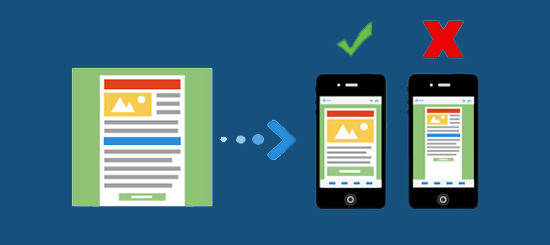Deliverability is arguably the holy grail of email marketing. In order to maintain a high rate of deliverability we need to comply with best practises and maintain a good reputation with various Anti-spam institutes and organisations.
These organisations exist solely to enforce anti-spam legislations and protect the general public from spammers. To achieve their goal they employ various methods, one of which is using spam traps.
In this article we will discuss what a spam trap is, how it affects you and what you can do to protect yourself from them.
What is a Spam Trap?
Spam traps are email addresses used by various ISP’s and spam houses to identify email marketers sending unsolicited emails, or those who employ poor data management processes. There are different types of spam traps:
Recycled
For legitimate email marketers, this is likely to be the most common spam trap they come across and it is an indication of poor list management and lack of data cleansing procedures. A recycled Spam trap is an email address that did belong to someone but has been abandoned. After a certain period of inactivity, the email address provider reserves the right to retake this email address and use it to identify, and consequently block senders who are still sending marketing communications.
This is why most legitimate email marketers can fall foul to spam traps despite abiding by best practises when initially gathering their data.
Pure Spam Trap
A pure spam trap is possibly more serious. This is an email address setup by spam houses or institutions to identify email marketers sending unsolicited emails. As the email address does not belong to any individual, it could never have been used to sign up to any communications.
This type of email address is obtained through illegitimate means, such as email harvesting software.
Hitting a pure spam trap is an indication of bad practises being employed to obtain data that do not abide by anti-spam laws.
Invalid Email Addresses
Invalid email addresses, likely to be fake or have typos can also trigger a spam hit. If you are continuously sending to email addresses with typos it indicates a poor management of bounces. ISP’s or spam organisations can convert the invalid email address into a spam trap.
Note: If you are a Campaignmaster user, all bounces are managed by the system rules, to learn more about these please get in touch with the support desk.
A fake email address provided to you by someone could have already been a spam trap or for the above reason, converted into a spam trap after a few sends. This in an indication of poor data collecting methods.
How Does This Affect You?
Hitting a spam trap is detrimental to your deliverability and ultimately it will have a negative impact on your email marketing efforts. You could suffer from some or all of the following:
- Increase in bounce rates
- Decrease in open rates
- Reduced domain reputation
- Blacklisted or blocked by Spam organisations and ISPs
- Suspension of your account by your ESP
Overall, your email marketing efforts will suffer as a whole, and this can also have a detrimental effect on your ESP, therefore continuously hitting spam traps could end in your account being suspended.
Prevention Is Better Than the Cure
Implementing procedures to reduce the risk of hitting spam traps will ensure you stay on track to reaching your email marketing targets.
Begin from the ground up; the first phase of the process is gathering data:
- Do not use data purchased from a third party
- Use a double opt-in for all of your sign up forms. With this method you verify the email address to prevent any fakes or typos
- Reject all group addresses, such as info@ or enquiries@
- If you gather data at events on paper, do small sends to these email addresses and verify signup details by directing these recipients to an online form with a double opt in
Ensuring the process you use to gather data follows best practise and is obtained through legitimate means is half the battle. What most email marketers are guilty of is not monitoring the health of their list or performing regular data cleansing exercises. This in turn leads to falling into recycled spam traps.
- Offer a ‘maintain details’ option in all of your communications, which allows users to update their details, including email address
- Remove non-engagers on a bi-annual or annual basis
- Make any email addresses that bounce inactive (Campaignmaster users do not need to do this; it is handled by the system)
Drawing up a plan to carry out this maintenance on a regular basis will ensure you have a plan in place and will go a long way to reduce the risk of falling into a spam trap.
I Have Hit a Spam Trap – What Do I Do?
If you have hit a spam trap there will be a recovery period involved in restoring your reputation as a sender and bringing your deliverability rate back to normal.
The first step to take is to identify which of your lists you have had a problem with. The date you hit the spam trap will correspond with a certain campaign. Isolate the list you used for this campaign.
Provide your ESP with proof of how the data was collected, if there is a blacklist in place your ESP can look to get it removed based on the proof you provide.
Perform the data cleansing exercise I mentioned in the previous section of this article.
Once you have the all clear from your ESP to begin sending again, use smaller, segmented lists and monitor your bounce and open rates to get an idea of how the recovery process is doing.
Conclusion
Spam traps are email addresses setup up to identify poor database management techniques or unauthorized senders. If you are caught hitting spam traps, this will have a detrimental effect on your deliverability and the road to recovery can be tedious and delay sending further campaigns. So, prevention is definitely better than the cure. Ensure your data is opted in and obtained through legitimate means; continue to monitor the data to remove non engagers and repeat the process as often as possible.









